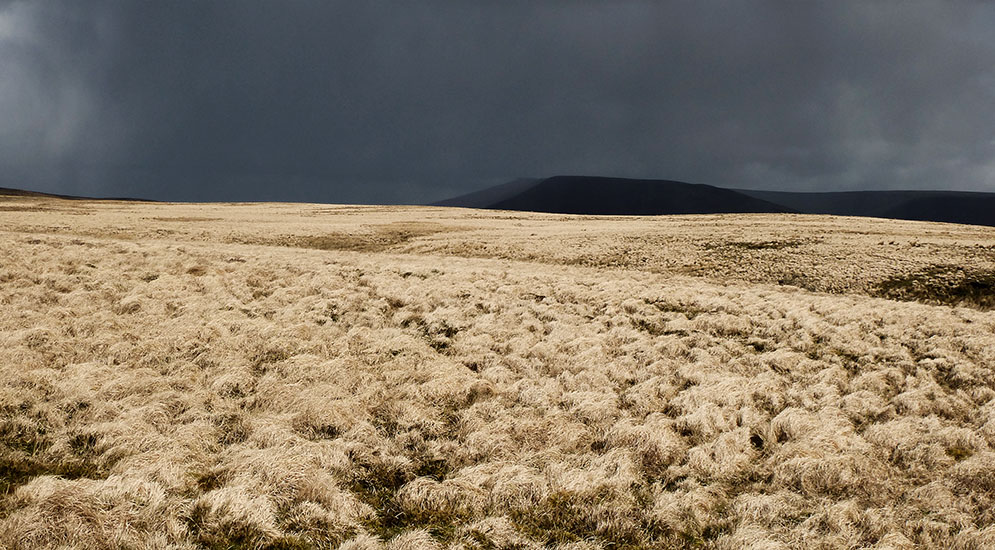From "Notes on Walking Boots"
Section: Ultralight vs Durability
Reading reviews and articles from the ultralight community the impression one is left with is that ultralight backpackers cover the ground like zen monks, gliding tippy-toed across the surfaces of high grass, golden petals and shimmering rock.
Like any religion, there's often a disparity between stated orthodoxy and actual experience. There's nothing wrong whatsoever about reducing pack weight, but I would suggest that such a quest can be taken too far. It's interesting to read ultralight articles and reviews and to note a particular recommended product, then search for customer reviews in outlets selling that product. I've done this numerous times and it's quite illuminating. One often discovers customers detailing their disappointment about how the product failed, sometimes during its initial outing. Specs are one thing, actuality another.
"You also have to honestly ask yourself whether you really need the kind of protection that high boots give on the kind of trails you hike" - backpackingnorth.com
That's a fair point (from a Finnish ultralight trekker who spent a number of years in the US) and belies a particular assumption: you're actually on a path or trail. My impression, especially of the US ultralight community is that they spend an awful lot of time walking along trails. Well if I'm on a path, then of course trail shoes will suffice, but for anyone who covers many miles over uncultivated terrain, a pair of ultralight trekking sandals or trail shoes are, in our assessment, insufficient.
For example, just in Wales (see pic above), there's a great deal of marsh, often it's covered in large clumpy mounds which are in turn covered in long, wind-strewn, dry "horeshair" grass, like some demonic side-parting, which acts to cover the clumpy ups and boggy downs hidden beneath. The step differential between your foot going into bog and standing on hard uneven grassy clumps can be 3 feet; the problem is you often can't tell whether your next step's footing is going to be a solid jolt or an empty slide into bog. The army train in this part of Wales, and what do they have on their feet? Clue: Not trail shoes. I'd question Chris Townsend's claim that this simply boils down to untrained ankles: "doing exercises to strengthen your ankles is better than splinting them in heavy, rigid boots". I think you can do both. Yoga and Tai Chi will provide you with strong flexible ankles, for example.
All I can imagine is, that we're not walking over the same stuff. Deep, sucking bog and marsh simply swallows shoes; they're ripped off your feet as you yank yourself out - if you're lucky, you'll locate them; if not, you've an uncomfortable time ahead. So it's not just about ankle support.
To sum up, there are many excellent points raised by the ultralight community in regard to footwear and I'd strongly recommend the article from Backpacking North called "Give your feet a break". It provides an almost direct counter to everything I'm saying here, and for that reason alone is well worth a read.
For me it comes down to outright reliability, durable protection from all kinds of terrain (not just rugged rocky trails), support and a secure fit (i.e. something that can't be ripped, pulled or sucked off your feet).

